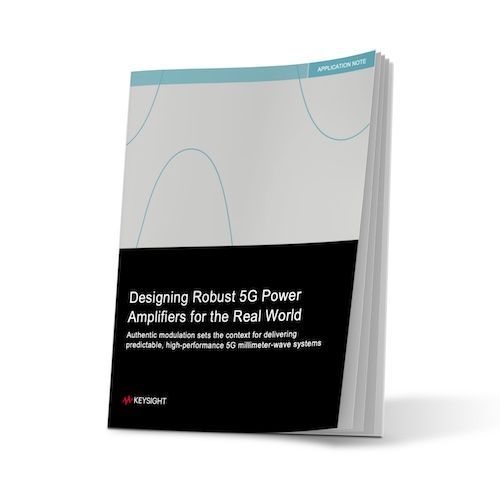GRENOBLE, France – February 14, 2014 – CEA-Leti and STMicroelectronics have presented the successful demonstration of an ultra-wide-voltage range (UWVR) digital signal processor (DSP), based on 28nm ultra-thin body buried-oxide (UTBB) FD-SOI technology.
The device, produced by ST in their 28nm UTBB fully depleted SOI process technology, allows body-bias-voltage scaling from 0V to +2V, decreases minimum circuit operating voltage, and supports clock-frequency operation of 460MHz at 400mV.
The demonstrator achieves UWVR, greater energy efficiency, and unprecedented levels of efficiency in voltage and frequency using a combination of design techniques. ST and Leti developed and optimized standard cells libraries over the 0.275V-to-1.2V range: they offer ideal implementation results by virtue of non-overlapping power-performance characteristics. Among the optimized cells, fast pulse-triggered flip-flops are designed for variability tolerance at low voltage.
Additionally, on-chip timing-margin monitors dynamically adjust the clock frequency to a few per cent of the maximum operating frequency, independent of supply-voltage value, body-bias-voltage value, temperature, and process technology. As a result, even at 0.4V, the DSP exhibits 10x state-of-the-art operating frequency.
“UTBB FD-SOI technology is ST’s Faster, Cooler, and Simpler solution: it delivers significant improvements in performance and power savings while minimizing adjustments to existing design and manufacturing methodologies. This demonstration DSP shows that FD-SOI is blazing the trail for better portable and battery-powered products, using more efficient semiconductor chips, all the way down to the 10nm node,” said Philippe Magarshack, Executive Vice President, Design Enablement Services, STMicroelectronics.
“Leti’s ability to bridge innovation and upstream industry was key to developing advanced design techniques for leveraging intrinsic power and performance benefits of the technology, and then designing dedicated components that could ultimately suit Internet-of-Things end products,” said Thierry Collette, Division Vice President at Leti and head of the Design and Embedded Systems Platform.
A Leti/ST paper at ISSCC, “A 460MHz at 397mV, 2.6GHz at 1.3V, 32b VLIW DSP, Embedding Fmax Tracking,” was presented on Feb. 12, during Session 27, “Energy-Efficient Digital Circuits”. A demonstration kit was shown to attendees.
About CEA-Leti
By creating innovation and transfering it to industry, Leti is the bridge between basic research and production of micro- and nanotechnologies that improve the lives of people around the world. Backed by its portfolio of 2,200 patents, Leti partners with large industrials, SMEs and startups to tailor advanced solutions that strengthen their competitive positions. It has launched more than 50 startups. Its 8,000m² of new-generation cleanroom space feature 200mm and 300mm wafer processing of micro and nano solutions for applications ranging from space to smart devices. Leti’s staff of more than 1,700 includes 200 assignees from partner companies. Leti is based in Grenoble, France, and has offices in Silicon Valley, Calif., and Tokyo. Visit www.leti.fr for more information.
About STMicroelectronics
ST is a global leader in the semiconductor market serving customers across the spectrum of sense and power and automotive products and embedded processing solutions. From energy management and savings to trust and data security, from healthcare and wellness to smart consumer devices, in the home, car and office, at work and at play, ST is found everywhere microelectronics make a positive and innovative contribution to people’s life. By getting more from technology to get more from life, ST stands for life.augmented.
In 2013, the Company’s net revenues were $8.08 billion. Further information on ST can be found at www.st.com






